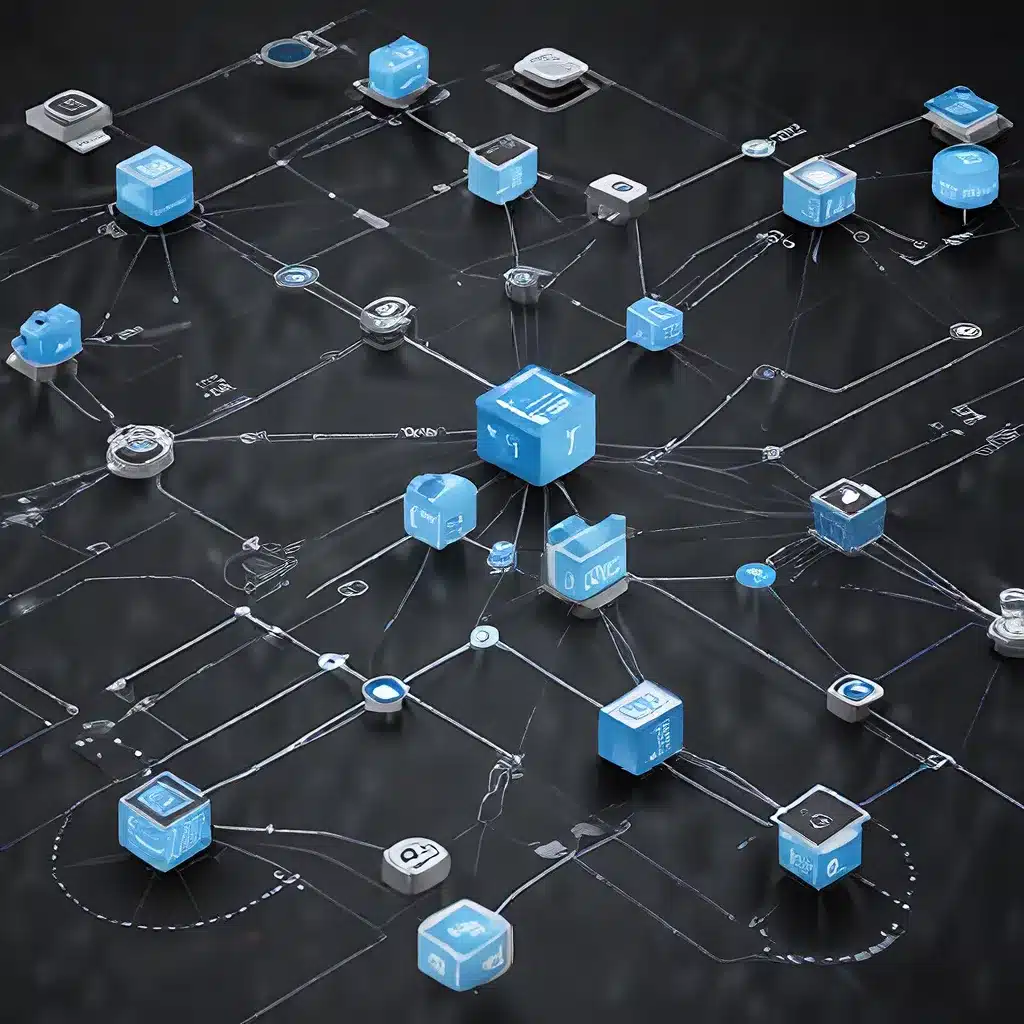
Sensor Network Design and Calibration
In the rapidly evolving landscape of the Internet of Things (IoT), sensor networks have emerged as a crucial component, enabling the seamless collection and analysis of data from diverse environments. As these networks grow in scale and complexity, ensuring their resilience and self-healing capabilities has become a pressing concern for researchers and practitioners alike.
One of the key challenges in maintaining the integrity and reliability of sensor networks is the calibration of individual sensors. Sensors can drift, degrade, or become miscalibrated over time, leading to inaccurate data and potentially compromising the entire system. To address this issue, distributed sensor calibration algorithms have gained significant attention as a means to automate the calibration process and enhance the overall robustness of IoT networks.
Recent research has explored the development of distributed sensor calibration algorithms that leverage the collaborative nature of sensor networks to identify and correct sensor anomalies. These algorithms leverage the interconnectedness of sensors within the network, allowing them to cross-validate and self-correct their measurements, ensuring that the overall data quality remains high.
By employing decentralized approaches, these calibration algorithms can scale more effectively than traditional centralized systems, which can become bottlenecks as the network grows. Additionally, the self-healing capabilities of these algorithms enable IoT networks to adapt and recover from sensor failures or environmental changes, enhancing their long-term resilience and reliability.
IoT Applications and Security Considerations
The applications of sensor networks and IoT technologies span a wide range of industries, from smart cities and industrial automation to environmental monitoring and healthcare. In each of these domains, the accurate and reliable collection of data is paramount, as it underpins crucial decision-making processes and optimizes system performance.
For example, in smart city applications, sensor networks can be used to monitor traffic patterns, air quality, and energy consumption, enabling city planners to make data-driven decisions that improve urban infrastructure and sustainability. In industrial automation, sensor networks can optimize production processes, detect anomalies, and predict equipment failures, leading to increased efficiency and reduced downtime.
However, as the deployment of these sensor networks expands, the security and privacy implications become increasingly critical. Malicious actors may attempt to compromise the network, either by tampering with individual sensors or by exploiting vulnerabilities in the overall system architecture. Therefore, the development of robust security protocols and data encryption strategies is essential to protect the integrity of the collected data and safeguard the privacy of the end-users.
Recent research has explored the use of blockchain-based approaches to secure sensor networks, leveraging the decentralized and tamper-resistant nature of blockchain technology to authenticate sensors, encrypt data transmissions, and detect potential security breaches. These innovative solutions help to mitigate the risks associated with centralized control and single points of failure, which can make traditional IoT systems vulnerable to cyberattacks.
Energy Management and Sustainability
In addition to security considerations, the energy management and sustainability of sensor networks are also crucial factors to address. As the number of connected devices continues to grow, the energy consumption of these networks can become a significant concern, both from an environmental and an operational perspective.
Energy-efficient sensor network design has, therefore, become a priority for researchers and IoT solution providers. Techniques such as duty-cycling, data compression, and edge computing can help to minimize the power consumption of individual sensors, while network-level optimizations, such as dynamic routing and load balancing, can improve the overall energy efficiency of the system.
Advancements in energy harvesting technologies have also opened up new possibilities for sustainable sensor network deployments. By integrating renewable energy sources, such as solar, wind, or vibration-based harvesters, IoT systems can reduce their reliance on traditional power sources and minimize their environmental impact**.
Furthermore, the optimization of sensor network topology and communication protocols can contribute to improved energy efficiency. Hierarchical or clustered network architectures, for example, can reduce the transmission distances and distribute the processing load more evenly, leading to lower power consumption and prolonged sensor lifespans.
Conclusion
As the Internet of Things continues to evolve and permeate our daily lives, the design and management of sensor networks have become increasingly crucial. The distributed sensor calibration algorithms discussed in this article represent a significant step forward in ensuring the resilience and self-healing capabilities of these networks, enabling them to adapt and recover from sensor failures and environmental changes.
Furthermore, the security and sustainability of sensor networks are critical considerations that must be addressed to realize the full potential of IoT technologies. Innovative solutions, such as blockchain-based security protocols and energy-efficient network designs, are paving the way for more robust and environmentally-conscious IoT deployments.
By leveraging these advancements in sensor network design, calibration, security, and energy management, the sensor-networks.org community can continue to drive the development and adoption of transformative IoT applications that improve our lives and communities. As we move forward, the continued collaboration between researchers, engineers, and industry leaders will be essential in shaping the future of this dynamic and impactful field.